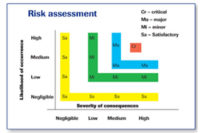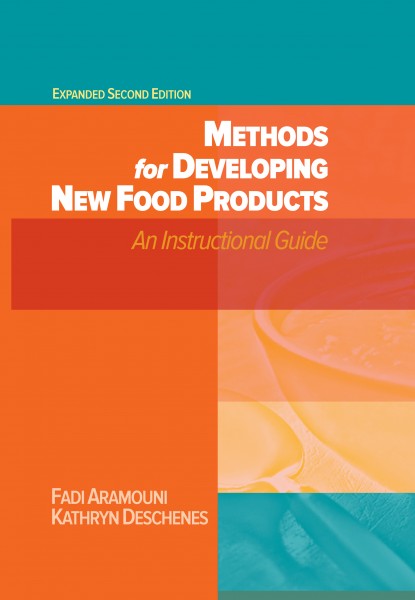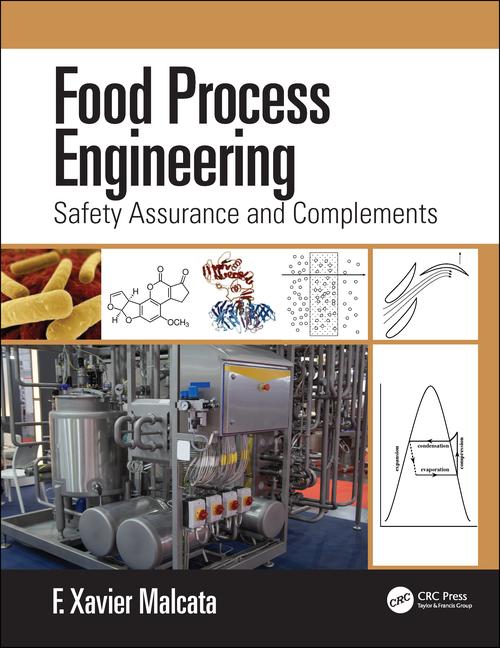Food Safety: How safe are our products?

MANY ARTICLES THAT COVER FOOD SAFETY IN both technical literature and the popular press include statements such as, “The Centers for Disease Control and Prevention (CDC) estimates that foodborne pathogens cause approximately 76 million illnesses and 5,000 deaths every year in the United States.” As a result, many people think that the food safety system in this country must be in terrible shape. According to the Institute of Food Technologist’s (IFT) Expert Report entitled Emerging Microbiological Food Safety Issues, “the continued occurrence of foodborne illness is not evidence of the failure of our food safety system.”
We have one of the safest food supplies and perhaps the greatest choice of any nation in the world. When Americans travel outside the United States, this fact becomes even more obvious. Basic hygiene issues that we expect to be the norm in the food processing, foodservice and restaurant industries are not as common globally. The occurrence of foodborne illness in this country and elsewhere is, according to the IFT Expert Report, a function of many things, including pathogenicity, the host, and the environment. The environment in the United States is much better than most places in the world. A commitment to sanitary design, cleaning and sanitizing, temperature control, and producing safe and wholesome foods is part of this equation.
But let’s look at the CDC’s numbers in a different way. There are now about 300 million people living in the US. According to CDC estimates, one of every four Americans becomes ill from food consumption each year. The death rate from foodborne illness, however, computes to less than two per 100,000 persons. Now let’s take the data one step further. If one assumes that 300 million Americans eat three meals a day, 365 days a year, the numbers indicate the following:
n One person may become sick for every 4,300 meals consumed
n One person may die for every 65 million meals consumed.
Statistics indicate that 90-95 percent of all foodborne illnesses is attributed to foods that are prepared at home, in restaurants or foodservice operations where improper handling occurs, not as a result of something that went wrong in a food processing operation. These figures all serve to underscore the safety of commercially processed and prepared foods.
The food industry has received very little credit for both its food safety record and its commitment to food safety. In this country, the FDA mandated HACCP for the seafood industry in 1994 and the juice industry in 2001. HACCP became mandatory for the meat and poultry industry in 1995. Yet, what continues to drive HACCP is economics, not the regulatory environment. Companies such as McDonalds, Pillsbury, and Campbell’s mandated that their suppliers develop and implement food safety programs. Being a vendor to such companies is quite profitable, so it behooved them to put these programs into place.
Operators also realize how damaging problems can be to the industry. The Jack-in-the-Box incident of January 1993 affected not only that company, it caused a nationwide drop in sales across the whole fast food industry. Similar drops have accompanied other high profile outbreaks.
To stay ahead of the game and protect products, reputation, and business, food processors need to keep working to improve their food safety systems. They need to adopt new technologies and tools to assure that their products remain safe. The operator who accepts the status quo not only puts product at risk, but will also be less competitive.
Looking for a reprint of this article?
From high-res PDFs to custom plaques, order your copy today!









